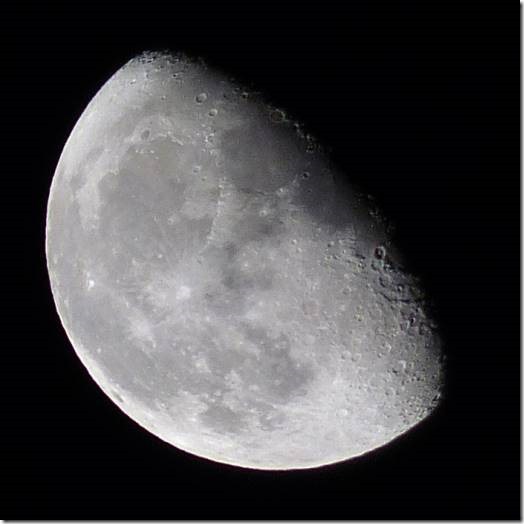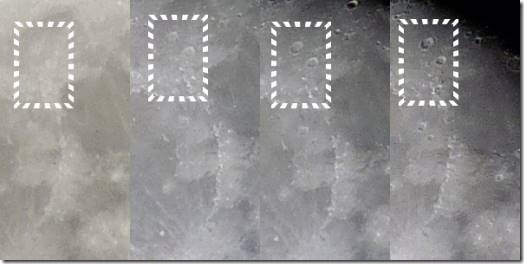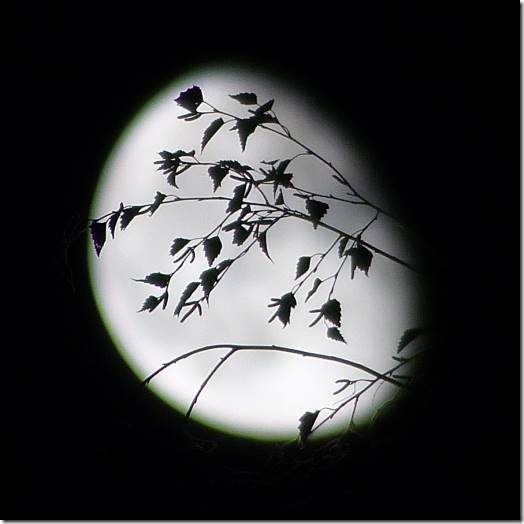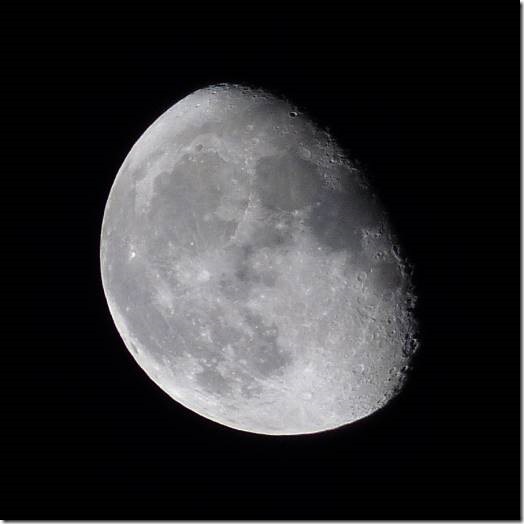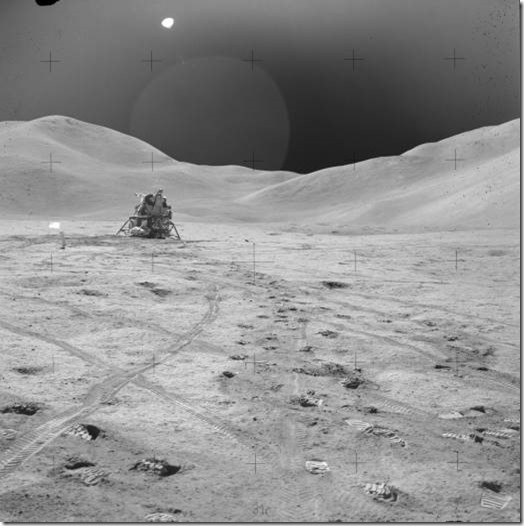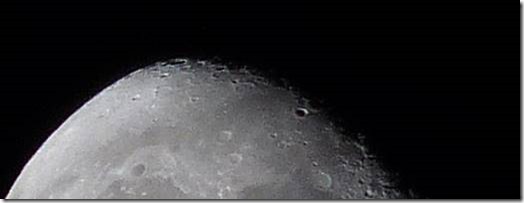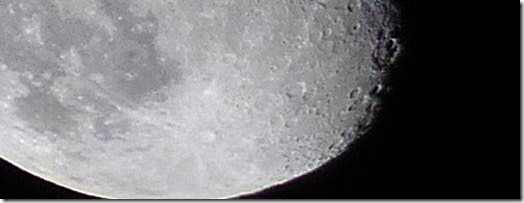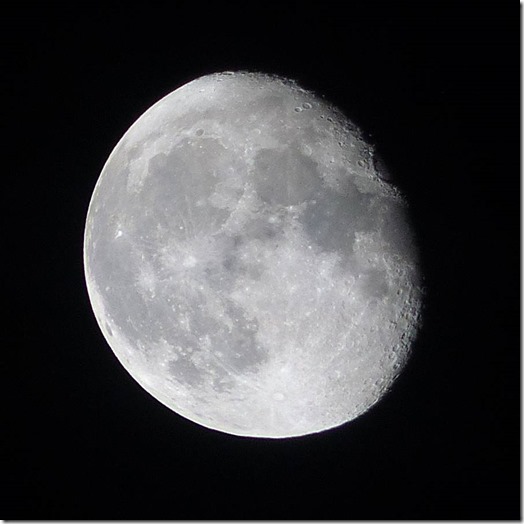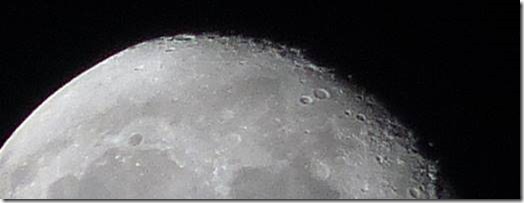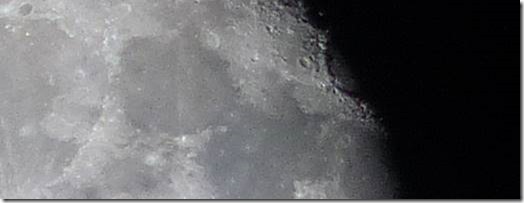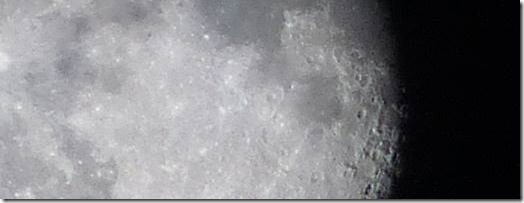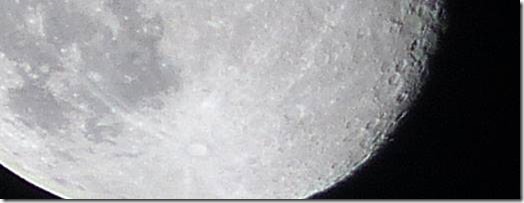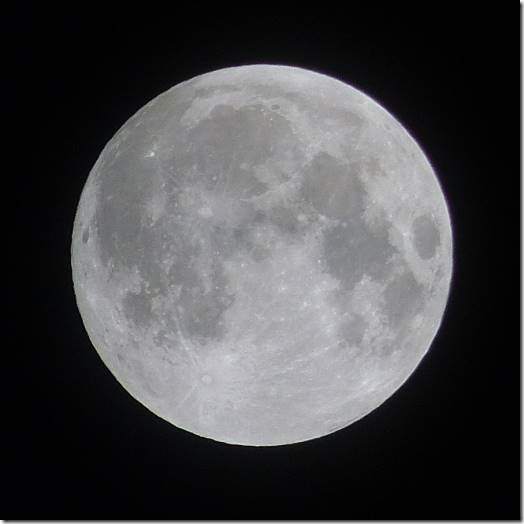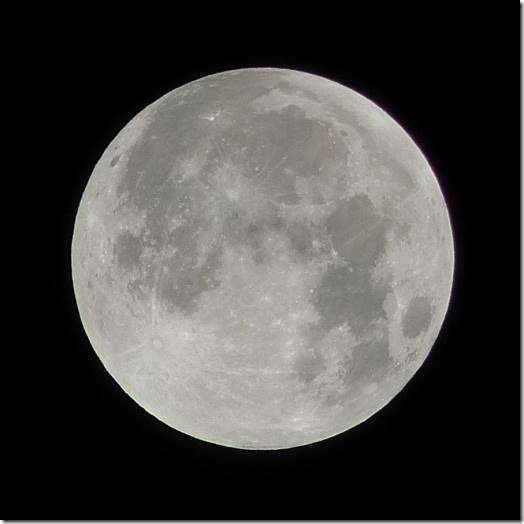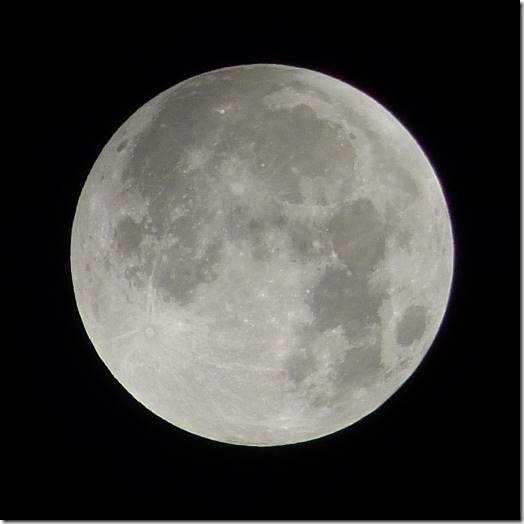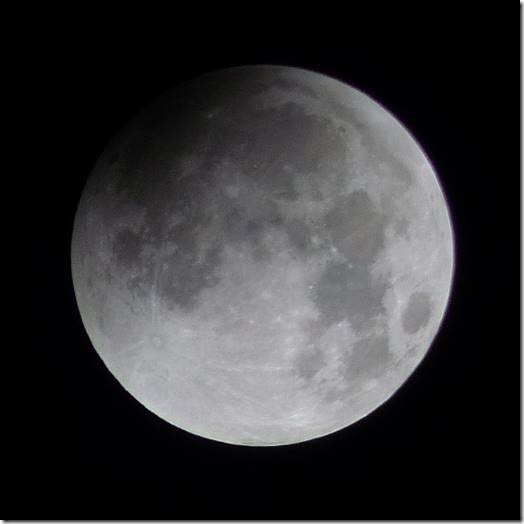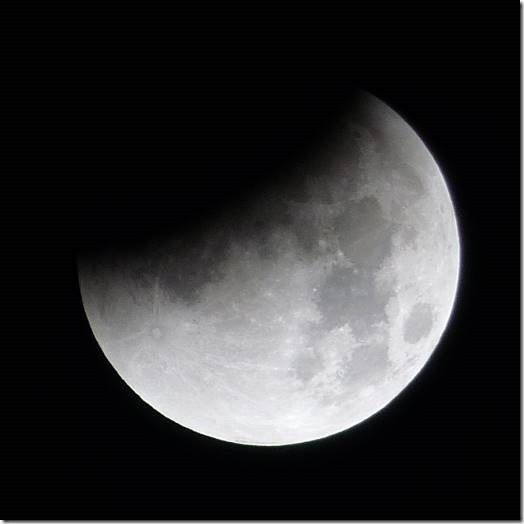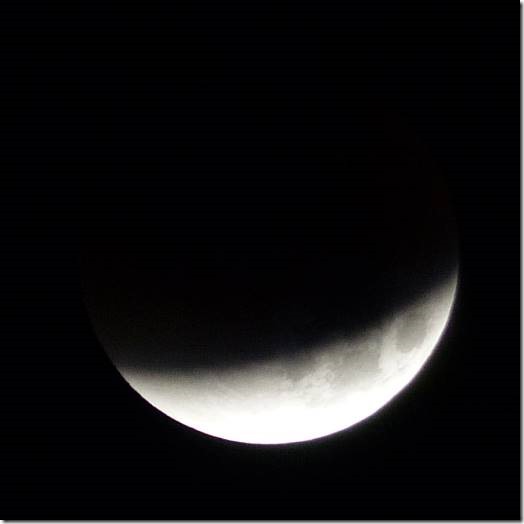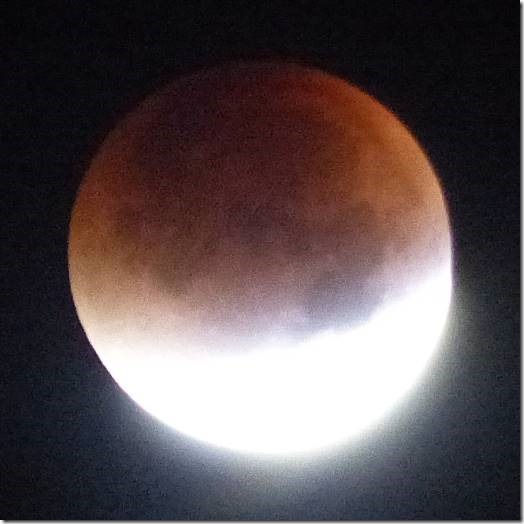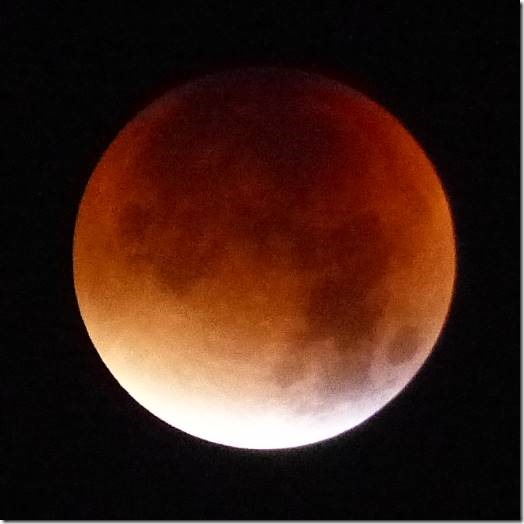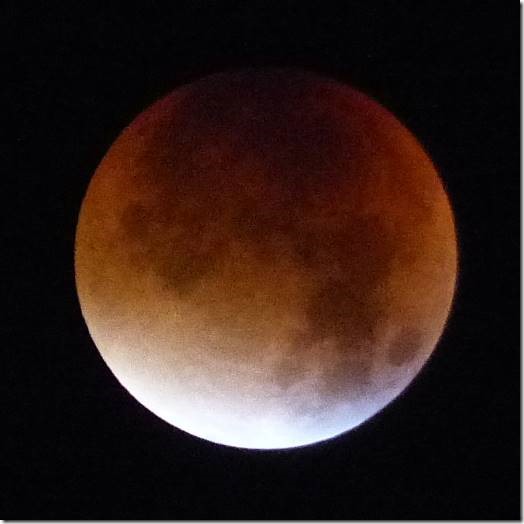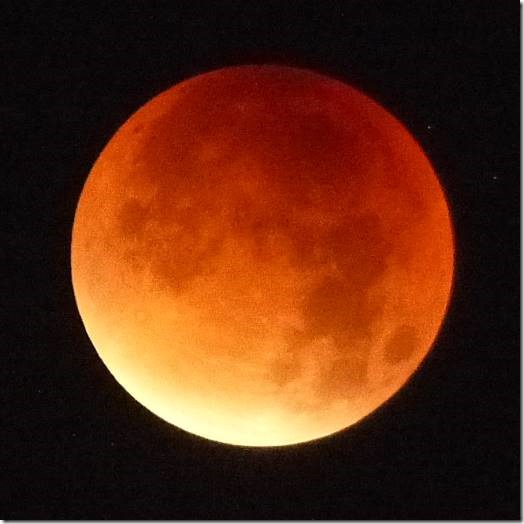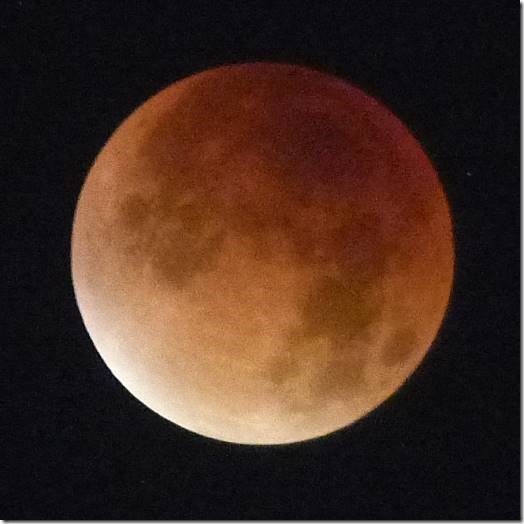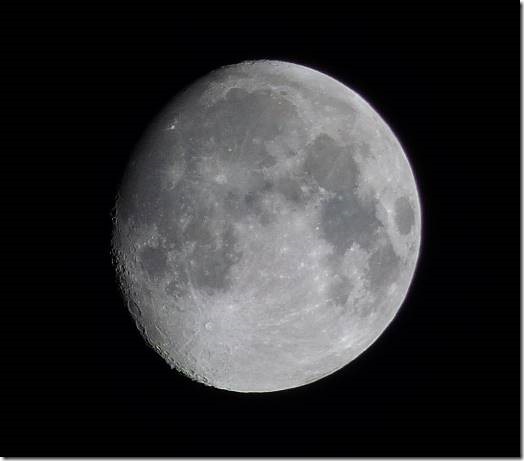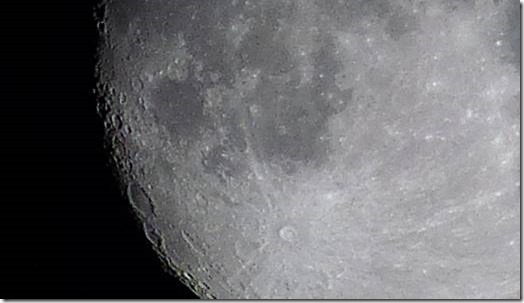The Rosetta probe went into orbit around Comet 67P/Churyumov-Gerasimenko in August 2014, after a 10-year journey which saw it travel more than 4 billion miles as it swung around Mars and Earth (three times) to pick up speed. Finally, a critical deceleration phase as it neared 67P slowed it from almost 800 metres per second to a more sedate 8 metres per second, after which orbit was established.
This in itself was an incredible feat, but there was more to come. In November 2014 Rosetta discharged a small lander, known as Philae, which landed on the comet’s surface. I suppose success is a relative term, since Philae’s system for attaching itself to the comet was – with hindsight – possibly a little too much the stuff of science fiction. The theory was based on the assumption that comets are merely big balls of ice with dirt mixed in, and Philae was equipped with explosive harpoons which were supposed to be fired into the surface on contact and hold it there while it used threaded feet to screw itself down. I don’t think anyone is 100% certain, but it was believed that the harpoons didn’t fire, and consequently Philae bounced back into space and landed again – this time in a location which was believed to be dark and shielded so that an erratic signal was received and the solar panels were unable to keep it powered up. Nevertheless, it did send back some photographic data before going silent for more than a year.
It was believed that if Philae were to suddenly be exposed to sunlight again it would wake up, and that this might happen as the comet went around the Sun and the rotational axes shifted. This didn’t happen as planned, though a very brief signal indicating full functionality was detected before the Rosetta-Philae link was shutdown to conserve power in mid-2015. It wasn’t quite the end, because only a month or so ago Rosetta incredibly produced a picture (composite, above) which clearly showed Philae pretty much upside down and wedged under a rocky cliff.
In the end, Philae didn’t actually achieve much – if you don’t count actually touching down very nearly safely on something travelling at 34,000 miles an hour around 300 million miles away as an achievement in itself! It nearly worked – nearly, but not quite. It didn’t drill and analyse samples as was originally intended. And personally, I wouldn’t rule out the possibility that comets are not the big snowballs they’ve always been reckoned to be and are somewhat harder – such that when Philae’s harpoons fired, instead of penetrating as the theory said they should, they bounced off and the thrust pushed Philae back into space before the weak gravity pulled it back down and dumped it in a crevice (I’m just surmising, OK?) I mean, does this look like a “dirty snowball”?
Rosetta has sent back many thousands of high resolution images showing incredible detail. It has also detected chemicals which arguably lend weight to a theory (panspermia) which was put forward in its most commonly understood form by Fred Hoyle and Chandra Wickramasinghe in the 1970s, and given some support by Stephen Hawking in 2009. Again, speaking personally, it has not showed that 67P is anything like what comets have always been described as being.
As Comet 67P passed around the Sun in 2015 and began to move away into space it was always known that it would eventually be too far away for Rosetta to remain powered and operational. They could have hibernated it until 67P came back again in about 7 years’ time, but the chances of Rosetta successfully coming out of hibernation were slim (it was not designed to withstand such conditions and the risk was great). The decision was made to land Rosetta on 67P instead – more or less a low-speed crash landing.
Well, that happened today, and the image above was captured just 20 metres above 67P (that’s just slightly less than the distance you need to be able to read a car number plate from for your driving test). Apparently, the comet is so far away now that the data transfer rate is only about the same as it was on the Internet when we used to rely on dial-up modems. The width of the surface shown in the image is about 2.5m – two or three adult paces.
This is Rosetta’s final image.
Rosetta’s signal was lost at 11:19 GMT.


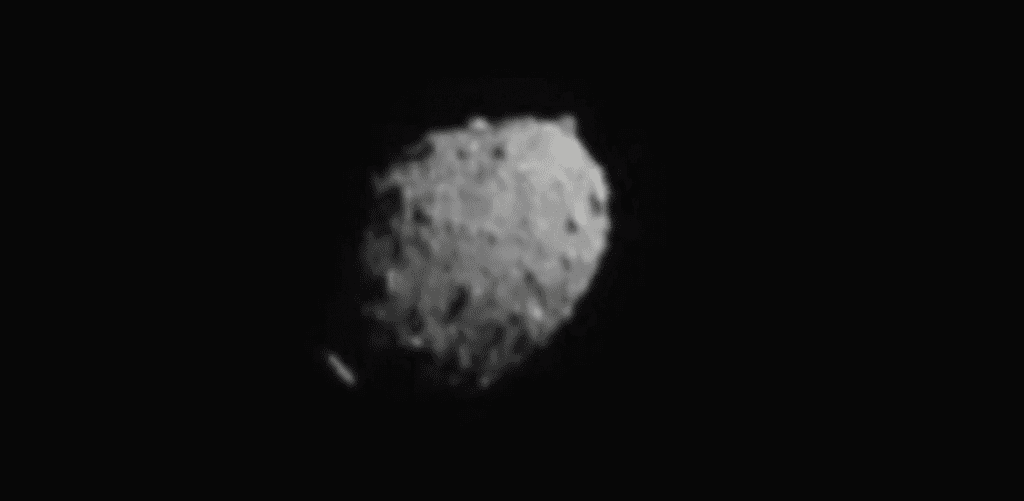
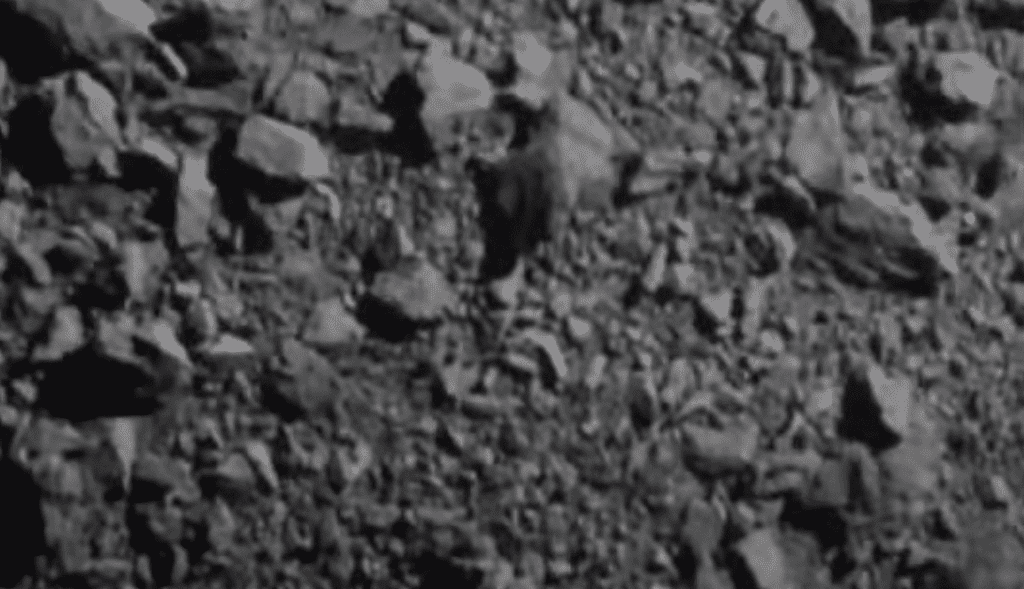
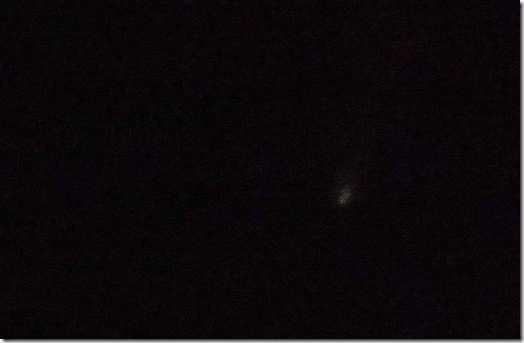 Yessss! The weather finally cleared up and I finally saw Comet Neowise with my own eyes.
Yessss! The weather finally cleared up and I finally saw Comet Neowise with my own eyes. The Mirror has some handy advice for people who might want to watch the Lyrid meteor shower this weekend.
The Mirror has some handy advice for people who might want to watch the Lyrid meteor shower this weekend.





